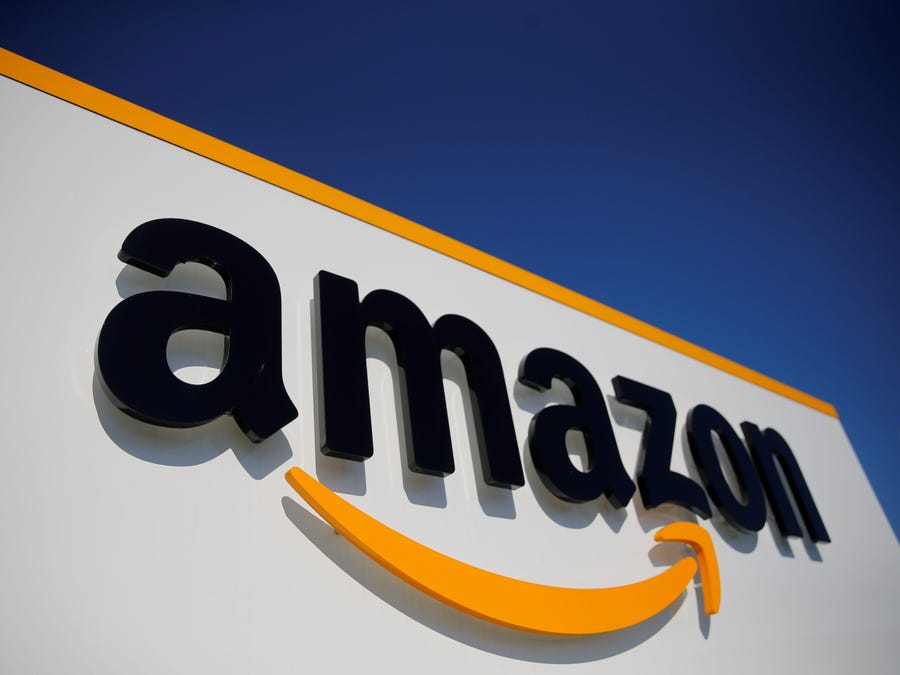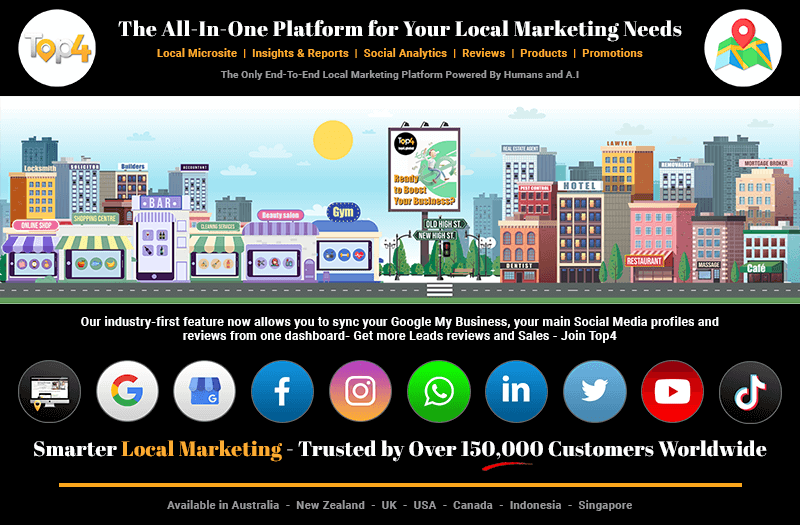Google has been working steadily for at least a decade to put the stock of real-time products in local search results through its Local Packs.
- Google shows more images of Merchant Center products in local packs across listings. This experience is currently quite confusing.
- At this time, these Local Pack results will only appear on mobile devices for certain brand-level product searches.
- Local businesses should connect their Point of Sale to Google (e.g. Pointy, Shopify, WooCommerce). Those who do will benefit as Google provides more local inventory over time.

Google has been displaying product images in Local Pack ads for some time. But now, the company is starting to show more Merchant Center product images in the results of local packs in all three lists.
This feature isn’t new. It was first discovered by Shopify’s Jackson Lo and featured in the SearchEngineRoundtable In July 2020. However, as more local stores bring their inventory online and integrate that inventory into the free Merchant Center feed, local Three-Packs with embedded inventory will appear more often.
How does the Local Packs’ product inventory work?
Local product inventory works more like a cross-product engine, unlike Google’s food ordering, where they control the experience in a single, seamless process. In other words, the experience feels half-baked with too many clicks to get where the user needs to go.
When you click through an image to the listing, you are usually taken to the “see what’s in store” search field in the business profile. If there is a recent Google Post about the same product category, you might be taken there instead.
When you click on the specific item you are looking for, instead of going directly to the e-commerce site, you are taken to the Google product page and then onto the ecommerce site. If you don’t click Local Finder first, you’ll have three clicks. In this case, there are 4 clicks. Deep in the funnel, it’s like an unnecessarily long journey.
What kind of search can show these products-driven local results?
At least for now, only certain brand-level product searches will show inventory in the local pack. Results are for mobile devices only. For example, searching for “Nikkor lens NYC” provides these types of results, but not “Nikon lens NYC, nor does searching for a specific lens return these results.
Other mobile searches that surface in-pack inventory include “Nike Shoes Manhattan” and “Sneakers Manhattan.” But many other searches that should show inventory, such as “women’s jeans NYC” or “snow blowers buffalo NY” do not (yet) surface a Local Pack shopping result.
Another issue that some people may be concerned about is that Google places these product images before the images uploaded by the business when displaying them in ThreePack. We have seen anywhere from one product image to as many as five supplanting the images from the Google Business Profile.
Why is the local product inventory only available now?
Google has long feared losing to Amazon in product search. And in 2018, their fears came true, when Amazon toppled Google as the primary search engine for product research.
Google has also long been optimising the transactional layer of Local Pack. And nothing is more tradable than searching for local produce.
But by recognising both their strengths and weaknesses in product search, Google has laid out what it takes to counter Amazon’s dominance. While Google is expanding its free Merchant Center usage dramatically, it’s also attacking Amazon orthogonally through its strength in local search.
These product-driven local results are now possible as Google continues to develop the technology needed to capture local inventory information from e-commerce platforms (in near real time) and the growth of platform like Shopify and WooCommerce by more local businesses, which can then feed inventory data to Google.
Products in Local Packs: A complete timeline
As early as 2008 and Froogle.com*, Google tried to index and display product availability. Looks like Local Pack products are a relatively new development. However, as the timeline below shows, it is the product of relentless efforts that began at least a decade ago:
- April, 2011 – What are the local products available on the Google Place Pages? We got a first look at what local product integration might look like through the feeds of a few large, limited partners.
- June, 2014 – Google Introduces New Content API to Google Shopping API 2nd version is the first API version update since Google first rolled it out in 2010, before Google Shopping became a platform – paid form. Things were slow for the Merchant Center development until they weren’t.
- July, 2016 – Google expansion of Local Inventory Advertising product search is now available in Maps and Knowledge Panels. Google’s product search efforts for local products have taken place in advertising earlier than for local products, but the developments are still similar and relevant.
- August, 2017 – Google is introducing a very new look to product search for local inventory ads in the Knowledge Panel. We see the first integration of product ads and the local business profile.
- June, 2018 – Google launched “See What’s In Store” as a free knowledge panel feature. This is the main business profile interface to surface all products available in locations.
- October, 2018 – Google My Business lets businesses add products to listings, this seemed like a path that Google might take to show products in local, while this is suitable for very small sellers. It seems to have been largely superseded by Google’s Shopify and Woo integration, which also bring product availability.
- January, 2020 – Google buys Pointy to bring SMB store inventory online. By manually inserting between point of sale and point of sale, Google found a way to include even local point of sale data into Merchant Center for software that cannot automatically communicate with Google.
- April, 2020 – It is currently sold for free on Google. In their battle with Amazon, it’s clear that inventory and availability data is more important than Adwords revenue.
- July, 2020 – Google Local Pack carousel with products. This is the first time that the use of Merchant Center images in local packages has been discovered to indicate local availability and is essentially similar to what is more widely seen today.
- May, 2021 – Google announces Shopping Graph, expanding Shopify integration, and more shopping features at I/O. By officially announcing the shopping graph, Google has made clear its commitment to become a local inventory aggregator by tightly integrating with the knowledge graph, which is the same backend used locally.
- June, 2021 – WooCommerce’s integration with Google Shopping is now live. First in May 2021 at Shopify, then at WooCommerce, Google’s expansion of simple integration options creates a large foundation for potential partners who are willing to share inventory data in real time. Previously, there were tools for moving data between these platforms and Google, but they were more complex and limited in use.
Google: Can it compete with Amazon?

Google dominates local search, and they have been steadily developing local product search, which not only shows where items can be purchased in a local area, but also if items are in stock. This is a type of search that Amazon currently can’t compete with.
As Greg Sterling recently pointed out, “Local (online) inventory can help drive consumers away from Amazon. But it’s not just inventory; it’s inventory + convenience…. stores that can offer real-time inventory and convenient options can win.”
Google is counting on that reality in its battle with Amazon. They will rely on local inventory and local convenience once they become more widely visible to help revive product search prospects.
SMBs: Get your POS integrated with Google!
We bet that this kind of transactional results at the local level will increase in the future. Any local business with inventory and point of sale can take advantage of this and ensure your point of sale integration with Google works. It will likely give you an early edge in search results and you’ll rank well as Google expands beyond its currently limited category choices.
With careful management of your business listings and increased exposure in your local packs, this search feature can increase your local brand awareness and increase your business sales.
How we can help
Good user experience is one of the most important parts of a digital marketing strategy. If you’re not optimising your ecommerce site for search engines like Google, you might be missing out on potential customers. Optimising your local pack inventory will improve the chance of your products being shown on local results.
While optimising your ecommerce website to rank better in search engines is completely doable on your own, it requires a lot of legwork. Various optimisation techniques are needed for successful ecommerce SEO to support better search rankings for ecommerce portals and their individual product pages. On top of that, with your full-time job as a business owner, you may find that optimising your ecommerce site is difficult, especially if you’re not technically savvy. Why not reach out to our ecommerce SEO experts for help?
Top4 Marketing is a leading ecommerce SEO agency based in Sydney, Australia and Indonesia. We know the ins and outs of search engine optimisation since we’ve been doing it for over two decades. When you partner with our ecommerce SEO agency, our in-house team of ecommerce SEO experts will do everything from keyword research and content evaluation to page optimisation, internal linking, Google Merchant Center integration — the list goes on!
Check out the complete list of deliverables and pricing for our SEO services today! Or you can get in touch with an SEO specialist at Top4 Marketing to get a free SEO strategy session for your business and find out exactly how much SEO will cost for your unique needs. Better yet, you can actually get a free snapshot of how your business is performing online now and our SEO strategists will be in touch to discuss how you can start optimising your site for organic search.
To find out how we can help you with your Website + Marketing, using our unique location marketing platform called Top4, get in touch today at www.top4marketing.com

Looking to build customer loyalty through social media? Don’t forget to add your business to Top4.global
List your business, create your own digital store to sell goods and services, and share posts on social media. Promote your business on Google instantly! Should you need help with local digital marketing then view our new Google Marketing Platform and services Top4 Marketing
Get Found On Google Promote Your Website, Reach local customers today!
Our Digital Marketing Agency Services Across All Industries Include Search Engine Optimisation (SEO), Google Marketing, Website Design, Corporate Web Development, and local location-based marketing using our own Google Marketing Platform!
Engage A Social Media Agency For Only 1/3 The Cost Of Employing A Social Media Manager…LET’S TALK!




